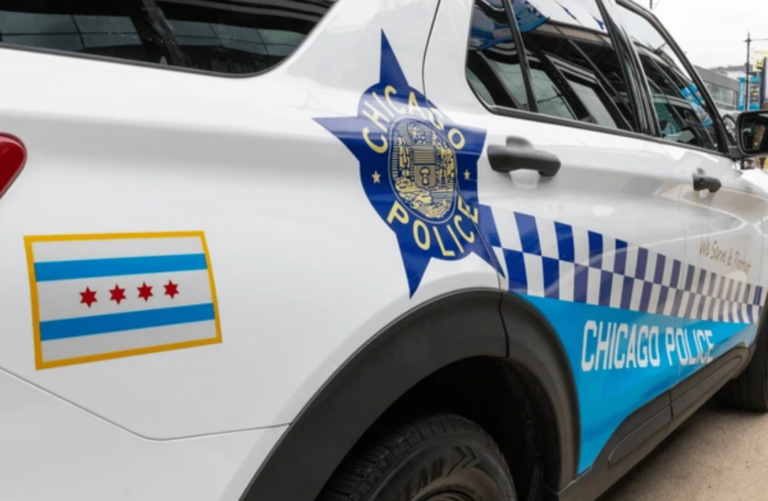
NYT – A 44-year-old man, surnamed Zhong, was in custody, according to a statement from the police in Shenzhen, the city where the attack occurred. The student was taken to a hospital.
Neither the Chinese nor the Japanese authorities specified the nationality of the victim, whose surname is Shen, according to the Shenzhen police. (The Chinese character Shen can also be used for surnames in Japan.)
But students at the Shenzhen Japanese School, near which the stabbing occurred, must be Japanese nationals, according to its website.
And at a regularly scheduled news conference on Wednesday, Lin Jian, a spokesman for the Chinese foreign ministry, said the government would continue to take “effective measures” to protect “the safety of all foreigners in China.”
A string of recent attacks has fueled fears that xenophobia and nationalism in China — which have been on the rise for years, often fanned by the government — are spilling over into violence.
In June, four American teachers were stabbed in Jilin, a northern city; later that month, a Japanese woman and her child were attacked with a knife in Suzhou, a city in the east.
The Chinese government described each of those attacks as an isolated incident and said the assailants had not targeted citizens of any particular country. It insisted that the attacks could have happened anywhere in the world.
But soon after the Suzhou incident, several major social media platforms pledged to crack down on hate speech that targeted Japanese or incited “extreme nationalism.”
China’s ruling Communist Party has often encouraged nationalist emotions as a way of rallying support for its rule.
That is especially true when it comes to Japan. Imperial Japan’s invasion of China in the 1930s, which continued through the end of the Second World War, has shadowed the countries’ relationship ever since. And the stabbing Wednesday occurred on an especially sensitive date: The Communist Party regards Sept. 18, 1931, as the beginning of the invasion.
On that date, Japanese soldiers caused an explosion on a Japanese-owned railway in China, which Japan blamed on Chinese nationalists and used as a pretense for the invasion.
Schoolchildren are taught to observe moments of silence on Sept. 18 every year. Trending social-media hashtags on Wednesday included “Every Chinese must never forget Sept. 18.”
Even on other days, anti-Japanese rhetoric is common on Chinese social media, despite the platforms’ promise to crack down. Self-described patriots post videos of Japanese schools, asking why Japanese people are allowed to run educational facilities in China, or suggesting that the students inside are being trained as spies. Some of those videos have featured the Shenzhen Japanese School.
After the June attack, and again after the one on Wednesday, some commenters praised the assailant or suggested that Japan had staged the attack to win sympathy.




